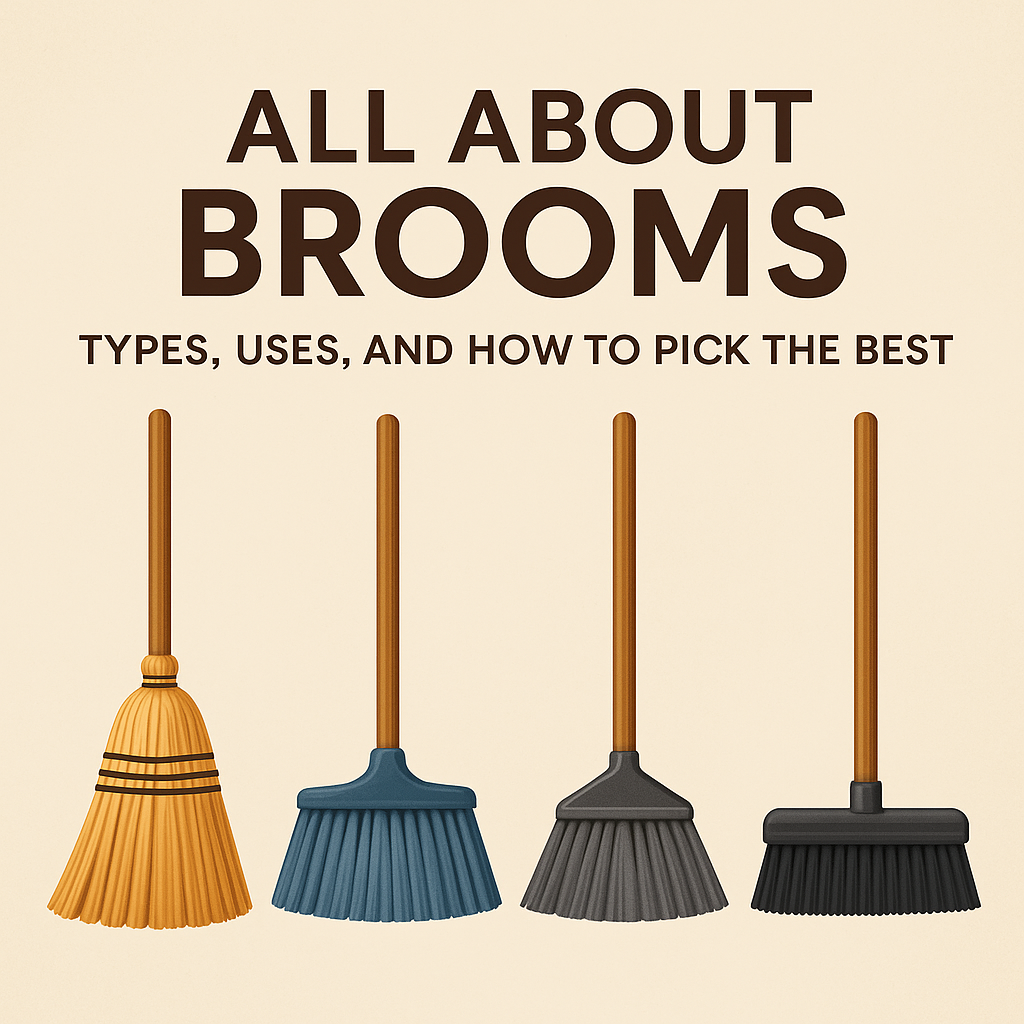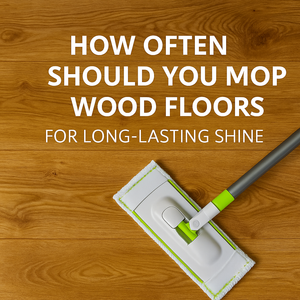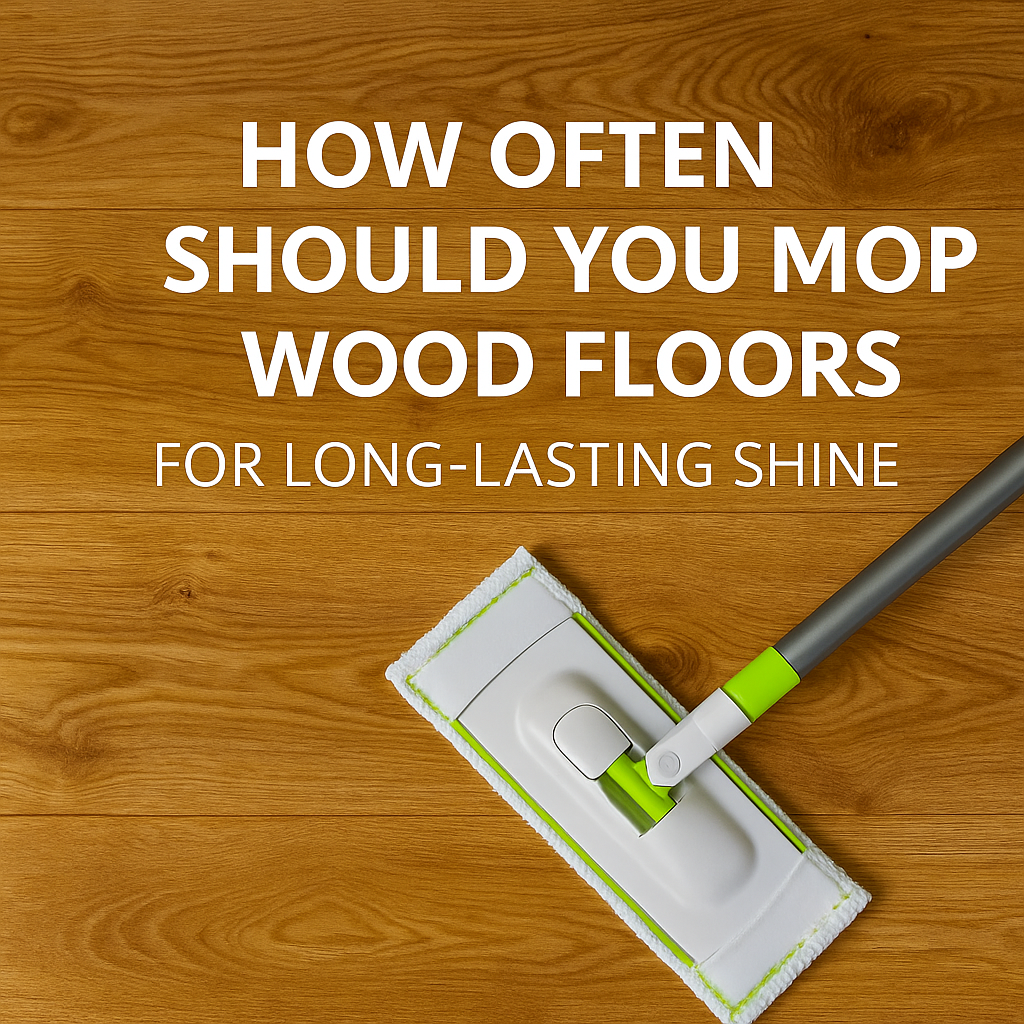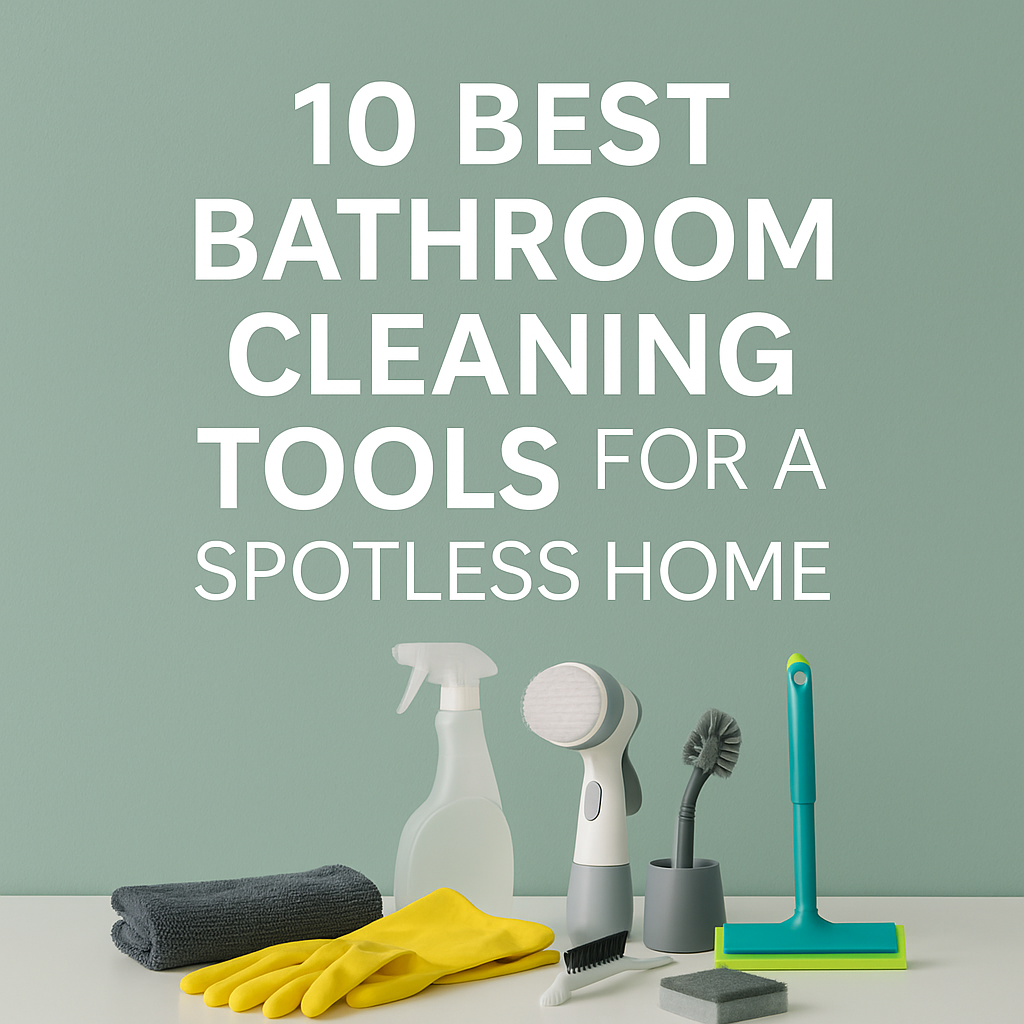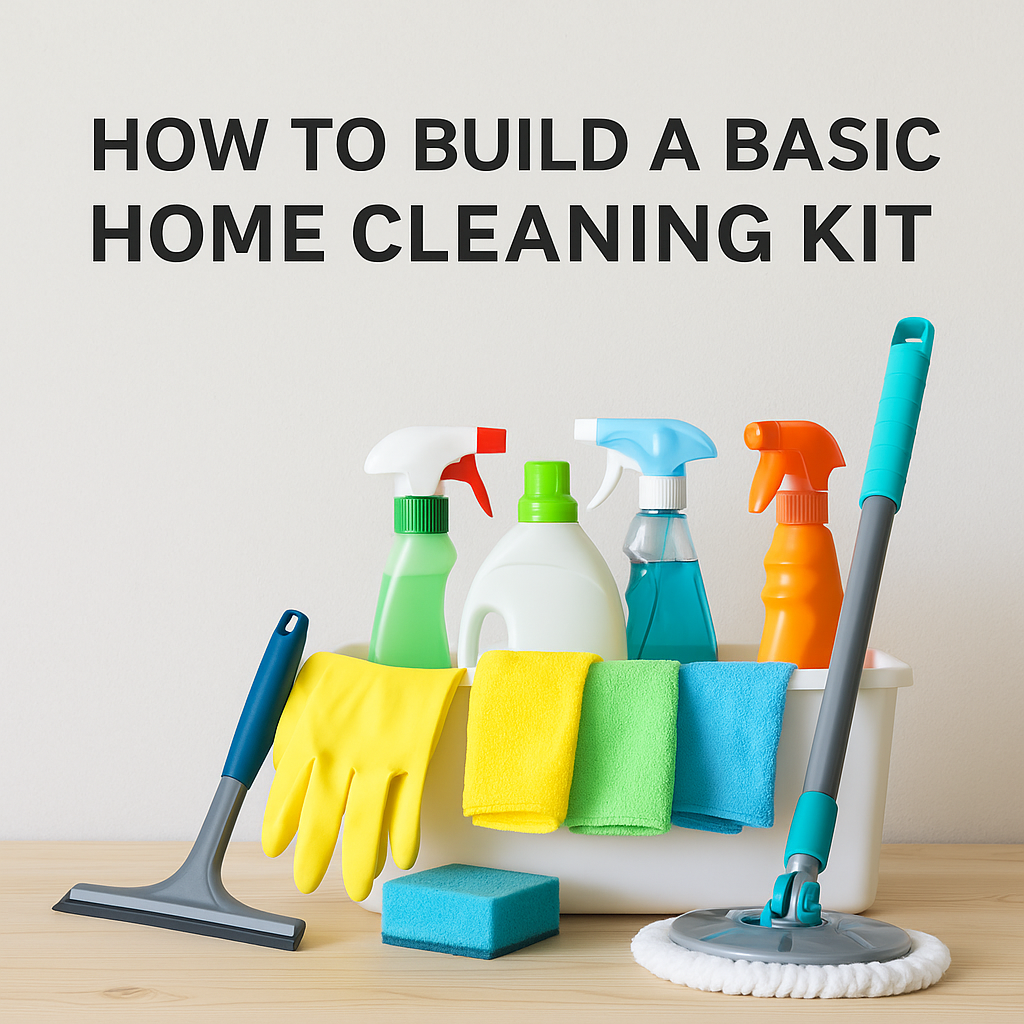All About Brooms: Types, Uses, and How to Pick the Best
A broom is one of the most common home cleaning tools in the world, yet most people don’t realize how much history, variety, and detail is behind it. Whether you are cleaning a tiled living room, a wooden floor, or an outdoor patio, the type of broom you choose makes a big difference in how well the job gets done.
This guide will cover everything you need to know about brooms, from their history and materials to how long they last, how to take care of them, and which broom works best for different floors.
Introduction to Brooms
Where Did the Broom Come From?
Brooms go back thousands of years. Early versions were just bundles of twigs tied together. The modern flat broom design was introduced in the 1700s when farmers in America discovered that sorghum stalks made strong, flexible bristles that didn’t fall apart easily. This material quickly replaced straw and grass, and the design spread across the world.
Interestingly, the word “broom” originally came from a shrub in Europe called broom, which was used to make sweeping bundles. Over time, the name stuck, and today it means the tool itself rather than the plant.
What Do People Use Brooms For?
People use brooms to mainly remove dust, crumbs, dirt, pet hair, and other small mess that builds up on floors. A broom with a dustpan is especially handy because it gathers everything in one go instead of leaving behind trails.
For outdoor cleaning, an outdoor broom brush with stiff bristles works better. Softer bristles can’t handle gravel, sand, or dry leaves, while stiff ones push through easily. Inside the house, a broom with handle makes cleaning more practical in places where vacuums usually miss, like:
-
Corners of rooms
-
Under beds
-
Around furniture legs
Large spaces such as schools, shops, and factories still rely on push brooms because they sweep wide areas quickly. Even though vacuums are popular, brooms are often faster for daily cleanups, don’t need electricity, and work well on rough surfaces where vacuums struggle.
Another detail many people overlook is the bristle type. Soft bristles pick up fine dust and pet hair, while stiff bristles move heavier particles. This is why most homes keep more than one broom: a soft indoor broom with dustpan for everyday use, and a stiff outdoor broom brush for driveways or patios.
Different Types of Brooms and Their Uses
Not all brooms are made the same. Knowing the types helps you choose the right one for your home or workplace:
Soft-Bristle Brooms
Soft-bristle brooms are best for indoor use on smooth floors like tiles, hardwood, and vinyl. Their fine bristles catch light dust, crumbs, and pet hair without leaving scratches. A small trick many people don’t know is trimming the tips when they fray, which makes the broom last longer and sweep more effectively.
Stiff-Bristle Brooms
Stiff-bristle brooms are made for outdoor cleaning on rough surfaces such as concrete or stone. They push gravel, mud, and heavier debris with ease, something softer bristles can’t handle. Choosing synthetic bristles is smarter because they resist water damage and last longer than natural fibers.
Angle Brooms
Angle brooms are shaped with slanted bristles, making them perfect for reaching corners, baseboards, and areas under furniture. The better ones use staggered bristles that reach deeper and reduce wrist strain, which is why they’re more efficient than flat brooms in tight spaces.
Push Brooms
Push brooms are wide and built to cover large spaces like warehouses, garages, or halls quickly. They save time when sweeping big floors, but going too wide can make them hard to control. Models with segmented bristles bend better on uneven floors and give smoother results.
Corn Brooms
Corn brooms, the traditional straw style, are still popular because they’re cheap, eco-friendly, and effective for both indoor and outdoor sweeping. The drawback is that straw absorbs moisture and odors, so they should always be kept dry and upright to avoid rotting or bacteria buildup.
Rubber Brooms
Rubber brooms are favorites among pet owners because their bristles attract and collect hair without tangling. They also work well on damp floors since rubber doesn’t hold mildew, and some even come with built-in squeegees for spills. Sweeping slowly or lightly wetting the bristles makes them catch fine dust more effectively.
What Are Broom Bristles Made Of?
Historically, bristles were made up of natural materials like straw, twigs, and sorghum fibers. Today, most brooms use synthetic fibers such as nylon or plastic because they last longer, resist water, and are easier to clean.
Some brooms also use rubber bristles, which are flexible and particularly effective for pet hair. Natural-fiber brooms are still made, especially in rural areas, but synthetic bristle brooms are more common in urban homes.
Types of Broom Bristles and What They Are Best For
Choosing the right broom bristle makes cleaning easy, and protects the floor. Here’s a complete guide to the most common bristle types and where they work best.
1. Corn or Straw Bristles
Corn or straw bristles come from natural broomcorn fibers. They are slightly rough but flexible, perfect for indoor sweeping on tiles, hardwood, and laminate. They trap dust effectively but can absorb moisture, so avoid wet areas and always let them dry after use.
2. Tampico Fibers
Tampico bristles are plant-based fibers from the agave plant. They are soft yet firm enough to pick up fine dust, making them ideal for polished indoor floors. Tampico bristles also resist fraying better than regular straw, keeping your broom effective longer.
3. Bassine Bristles
Bassine bristles are thick, coarse plant fibers commonly used for outdoor brooms. They are highly durable, ideal for sweeping leaves, gravel, sand, and heavy debris. Outdoor broom brushes with bassine bristles last longer even on rough surfaces.
4. Nylon Bristles
Nylon bristles are synthetic, flexible, and water-resistant. They come in soft, medium, or stiff options and work on indoor and outdoor floors alike. Nylon bristles last longer than natural fibers and don’t absorb moisture, making them perfect for humid or wet areas.
5. Polypropylene Bristles
Polypropylene bristles are firm and resilient, designed for heavy-duty sweeping on patios, garages, and driveways. They resist bending, cracking, and water damage, making them ideal for both indoor and outdoor rough surfaces.
6. Rubber Bristles
Rubber bristles are flexible and excellent for picking up hair, dust, and pet fur. They attract debris through static electricity and resist mildew, so they’re perfect for damp floors like bathrooms, kitchens, or outdoor patios. Some rubber brooms even feature a built-in squeegee for liquid spills.
Quick Bristle Guide: Which Type Works Best on Which Floor
-
Tile and hardwood floors: Corn, straw, or Tampico bristles for gentle dust collection
-
Polished or indoor floors prone to scratches: Soft nylon or Tampico bristles
-
Garages, driveways, patios: Polypropylene or Bassine stiff bristles
-
Pet hair or damp areas: Rubber bristles
How Long Can a Broom Last?
A good broom can last anywhere from six months to two years, depending on how often it’s used and the type of surface it sweeps. Indoor soft-bristle brooms usually last longer because they only deal with light dust and crumbs. Outdoor broom brushes wear down faster since rough surfaces like concrete and stone are harsher on the bristles. Choosing a broom with strong synthetic bristles and a sturdy handle can extend its lifespan significantly.
How Should You Store a Broom?
A broom should never be left resting with its bristles bent against the floor, as this deforms them and reduces sweeping power. Storing it upright with the handle touching the ground keeps the bristles in shape. Hanging the broom on a wall hook is even better.
Keep the broom in a dry place. Exposure to moisture can cause wooden handles to weaken and natural bristles to rot. Sunlight can also make plastic bristles brittle over time, so avoid leaving it outside for long periods.
Choosing the Right Broom for Your Floors
Not every broom works the same on every surface, and using the wrong one can make cleaning harder than it needs to be. Picking the right broom brush for your floors keeps them clean without damage and makes sweeping much easier.
-
Tile floors: A soft-bristle broom is gentle but effective, collecting fine dust without leaving scratches.
-
Wooden floors: These also benefit from soft bristles, since stiff ones can leave marks over time.
-
Kitchens and corners: An angle broom makes it easier to reach under cabinets, tables, and tight spots where crumbs gather.
-
Garages, courtyards, and driveways: A stiff outdoor broom brush handles heavier dirt like gravel, sand, or dry leaves better than softer options.
-
Pet-friendly homes: A rubber broom is really effective for collecting fur and hair that often stick to regular broom bristles.
-
Handle length: A broom with handle that fits your height saves your back. Short handles make you bend too much, while a longer handle keeps sweeping comfortable.
Which Broom Works Best for Tile Floors?
Tile floors are smooth and prone to scratching if you use a hard-bristle broom. A soft indoor broom is best here. Angle brooms with fine bristles also work well for collecting dust from grout lines and corners. Pairing the broom with a dustpan makes it easier to collect dirt without leaving streaks. For deep cleaning, sweeping followed by mopping gives the cleanest finish.
What Can Replace a Broom?
If you don’t have a broom on hand, there are a few ways to clean floors, though some work better than others depending on the situation:
-
Vacuum cleaner: A vacuum can pick up crumbs, dust, and even hair, making it effective indoors. However, it’s less convenient for quick cleanups in small areas or for outdoor spaces, and you’ll still need attachments to reach corners or under furniture.
-
Damp mop: A slightly damp mop can collect fine dust and small debris on smooth floors, but it doesn’t handle heavier particles like gravel, leaves, or mud.
-
Hand brush or small cleaning brush: Ideal for tight spots such as stairs, corners, or under furniture. These brushes are great for quick cleanups when pulling out a full broom isn’t necessary.
Even with these options, a broom with handle and dustpan remains the fastest, most versatile choice. It works indoors and outdoors, requires no electricity, and is ready in seconds whenever you need it.
How to Clean a Broom: Step-by-Step Guide
Regular broom maintenance not only extends its lifespan but also ensures efficient cleaning. Here's a detailed guide based on expert recommendations:
1. Remove Loose Debris
Start by manually removing any large debris caught in the bristles. Gently tap the broom against a hard surface or use a vacuum with a hose attachment to dislodge dirt and hair from the bristles.
2. Prepare a Cleaning Solution
Fill a bucket with warm water and add a few drops of dish soap. For a deeper clean, especially if the broom has been used in areas with grease or sticky substances, consider adding a splash of vinegar or a small amount of oxygen bleach.
3. Soak the Bristles
Submerge the bristles into the soapy water. For natural fiber brooms, soak them for about 15 minutes to prevent weakening the fibers. Synthetic bristles can handle a longer soak, up to 30 minutes.
4. Scrub the Bristles
After soaking, use a scrub brush to gently clean the bristles, working from the top down. This helps remove any remaining dirt and prevents the bristles from spreading debris around.
5. Rinse Thoroughly
Rinse the bristles under clean water until all soap and debris are removed. Ensure that no soap residue remains, as it can attract more dirt.
6. Dry Properly
Shake off excess water and lay the broom bristle-side down on a clean surface to air dry. Avoid placing it bristle-side up, as this can cause the bristles to bend. Hanging the broom upside down is ideal to maintain its shape.
7. Maintain the Handle
Wipe down the broom handle with a microfiber cloth dipped in soapy water. Rinse and dry it thoroughly to remove any grime or bacteria.
8. Trim Frayed Bristles (If Applicable)
For natural fiber brooms, trimming frayed bristles can restore their effectiveness. Use sharp scissors to cut just above the damaged tips. However, avoid trimming synthetic bristles, as their split ends are designed to enhance sweeping efficiency.
Final Thoughts
The broom has been around for centuries, and it remains one of the most reliable cleaning tools. From its origins in simple bundles of twigs to today’s specialized broom brushes with handles and dustpans, it has evolved but never lost its usefulness. The right broom can make cleaning quicker, easier, and more effective.
If you want a broom that lasts long and matches your floors perfectly, Zidello has a wide range of options. Whether you need a broom for tile floors, an outdoor broom brush, or a broom with dustpan for daily use, Zidello makes cleaning simple and efficient. Explore Zidello’s collection today and choose the broom that keeps your home spotless.


